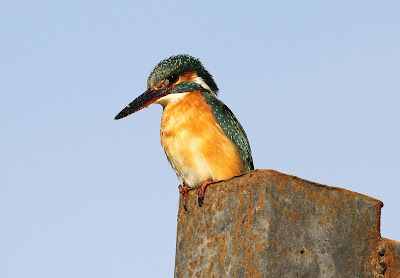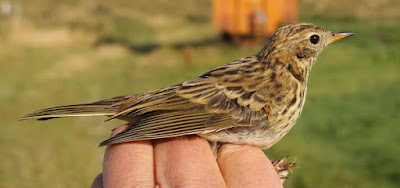Andy had an appointment and left at 1030. I sat in the car hide for a while and grabbed a few pictures in the morning light. Along came a few Linnets, Pied Wagtails and a single Yellow Wagtail – nice!
Thursday, August 15, 2024
Shopping Or Birding?
Andy had an appointment and left at 1030. I sat in the car hide for a while and grabbed a few pictures in the morning light. Along came a few Linnets, Pied Wagtails and a single Yellow Wagtail – nice!
Monday, August 12, 2024
Autumn Arrives
Thursday, August 8, 2024
It Only Takes One
Saturday, February 24, 2024
A Spanish Stopover
For example.
“A holiday village and eco-park with up to 450 lodges, a hotel, market place, virtual reality wildlife experience and craftworkers’ pods is proposed for land south of Lancaster in a planning application.
Land at Home Farm, Ellel Grange, near Galgate, near the M6, is the proposed site for the scheme by applicants TNPG Sandeman Trust and Ellel Holiday Village Ltd.
But the outline application has prompted hundreds of objections along with some letters of support, according to Lancaster City Council planning reports”.
This really does beggar belief but many have seen for years where we as a nation are heading when wildlife and the countryside is to be destroyed and replaced by virtual wildlife and craftworkers' pods.
You really couldn't make this shit up if you tried.
Linking this week to Eileen's Blog.
Saturday, November 18, 2023
Standard Autumn Fayre
Sunday, October 29, 2023
Sunday Morning Twite
























































.jpeg)








.jpg)












